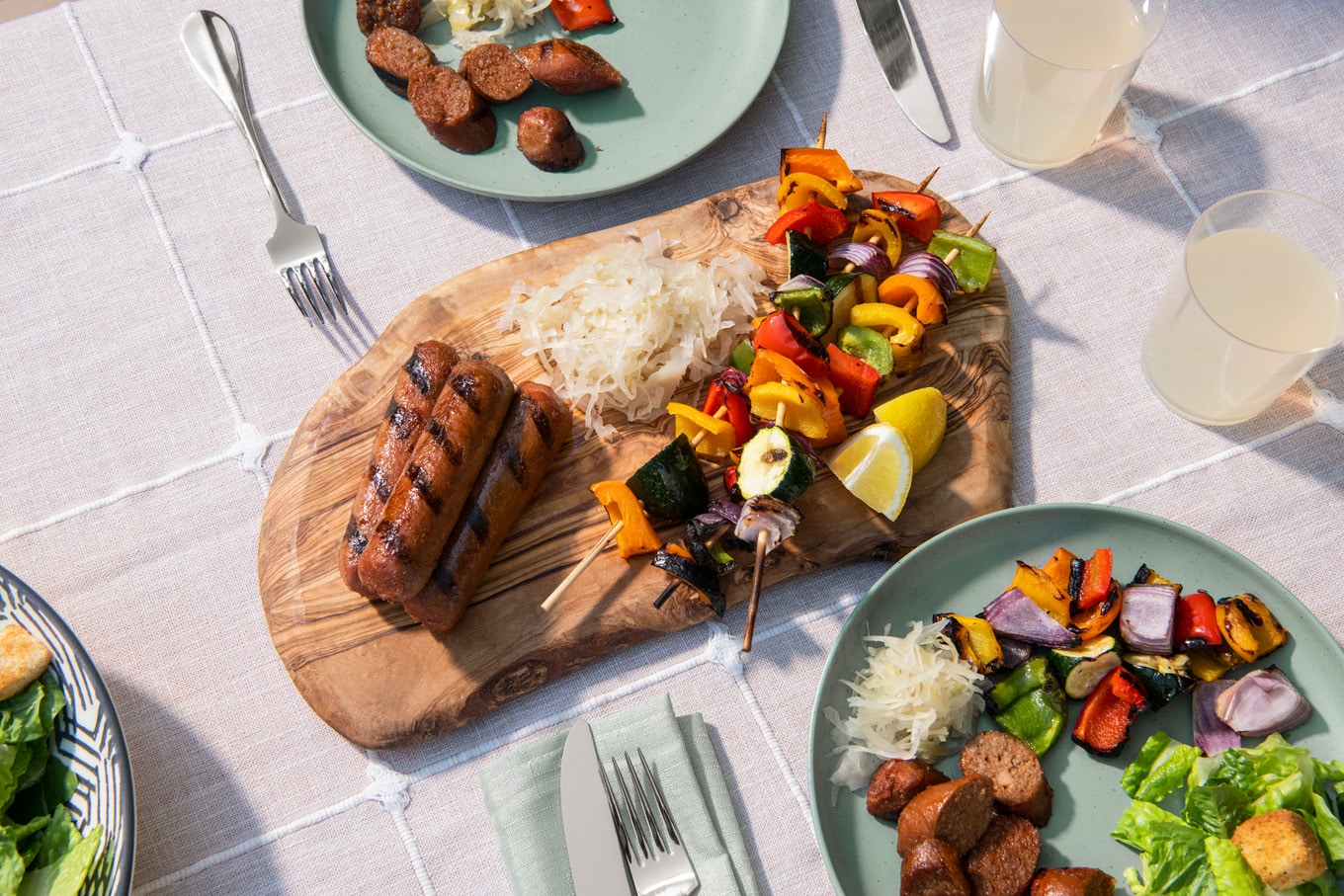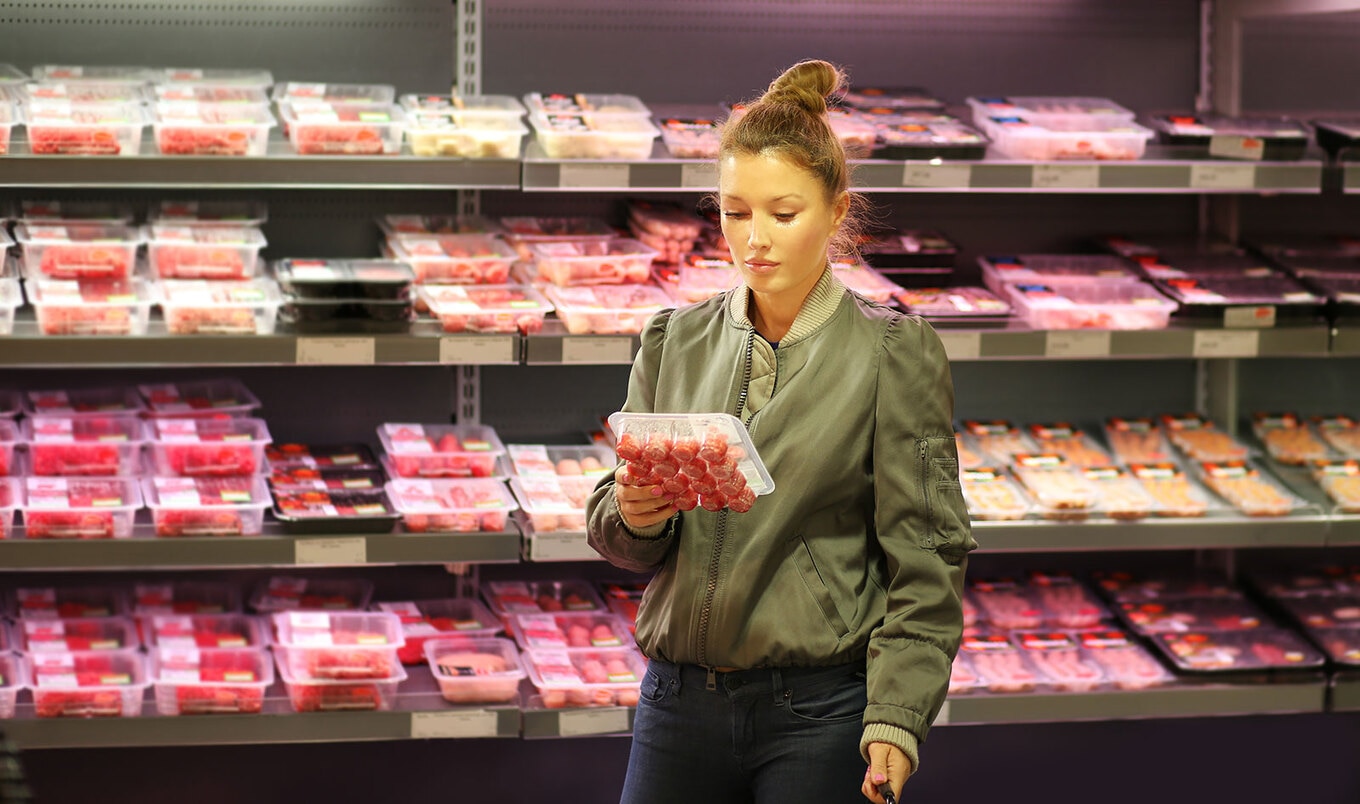From globalvillagespace.com
Germany, a country renowned for its culinary delights such as sausages and schnitzel, has witnessed a significant decline in meat consumption over the past few years. In fact, the previous year marked a record low in meat consumption in the country. This article explores the reasons behind this shift in dietary habits, the impact on the environment, and the rise of alternative food choices.
Changing Attitudes towards Meat Consumption
1. Health Consciousness:
One of the primary reasons for the decline in meat consumption in Germany is the increasing awareness of the health risks associated with excessive meat consumption. Studies have linked high meat intake to various health issues, including heart disease, obesity, and certain types of cancer. As Germans become more health-conscious, they are actively seeking alternatives to traditional meat-based dishes.
2. Environmental Concerns:
Another significant factor contributing to the decline in meat consumption is growing environmental awareness. The livestock industry is a major contributor to greenhouse gas emissions, deforestation, and water pollution. Germans, known for their commitment to sustainability, are increasingly opting for plant-based diets to reduce their carbon footprint and mitigate climate change.
The Rise of Plant-Based Diets
1. Vegetarianism and Veganism:
Vegetarianism and veganism have gained considerable popularity in Germany in recent years. Vegetarians abstain from consuming meat but may still consume animal by-products like dairy and eggs. Vegans, on the other hand, eliminate all animal-derived products from their diets. This shift towards plant-based diets has been driven by ethical concerns, health benefits, and environmental consciousness.
2. Availability of Plant-Based Alternatives:
The availability and variety of plant-based alternatives have significantly improved in Germany. Supermarkets now offer a wide range of meat substitutes made from soy, seitan, or vegetables. Additionally, restaurants and food chains have started including vegetarian and vegan options on their menus to cater to the growing demand. This accessibility has made it easier for Germans to adopt a plant-based lifestyle.
Government Initiatives and Support
1. Dietary Guidelines:
The German government has recognized the importance of sustainable diets and has incorporated this concept into its dietary guidelines. The guidelines encourage reducing meat consumption and increasing the intake of plant-based foods. By promoting healthier and more sustainable eating habits, the government aims to improve public health and reduce the environmental impact of food production.
2. Subsidies for Plant-Based Agriculture:
To further support the shift towards plant-based diets, the German government provides subsidies to farmers who engage in sustainable agriculture practices. These subsidies encourage farmers to grow crops for human consumption rather than animal feed. By incentivizing plant-based agriculture, the government aims to create a more sustainable and environmentally friendly food system.
The Future of Meat Consumption in Germany
1. Flexitarianism:
Flexitarianism, a semi-vegetarian diet that includes occasional meat consumption, is gaining popularity in Germany. This approach allows individuals to reduce their meat intake while still enjoying it occasionally. Flexitarianism offers a middle ground for those who are not ready to completely eliminate meat from their diets but still want to make a positive impact on their health and the environment.
2. Cultured Meat:
The emergence of cultured meat, also known as lab-grown or cell-based meat, presents a potential solution to the ethical and environmental concerns associated with traditional meat production. Scientists are working on developing meat products grown from animal cells without the need for animal slaughter. If successfully commercialized, cultured meat could revolutionize the food industry and provide a sustainable alternative to conventional meat.
Conclusion
The decline in meat consumption in Germany reflects changing attitudes towards health, the environment, and animal welfare. Germans are increasingly embracing plant-based diets, driven by concerns for personal well-being and sustainability. With government support and the rise of alternative food choices, the future of meat consumption in Germany seems to be heading towards a more balanced and environmentally conscious approach.
https://www.globalvillagespace.com/germany/germanys-meat-consumption-plummets-sparks-heated-debate/




.jpg)

